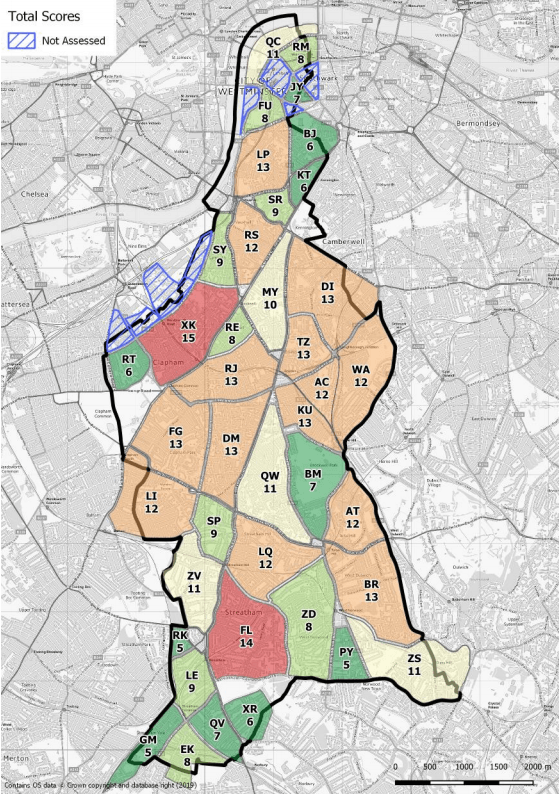This section walks through how to prioritise your low traffic neighbourhoods based on where the approach will have the greatest impact, rather than where it will be easiest.

With limited resources, it is important to start implementing LTN schemes on a needs basis: where the approach will have the greatest impact, rather than where it will be easiest or where residents are more vocal in calling for change.
This should be determined with a data-led prioritisation exercise, highlighting areas with:
- poorest air quality
- highest deprivation
- poor access to green space
- highest traffic volumes, particularly through traffic
- the high density of collisions, particularly for the most vulnerable users
- the greatest number of schools
- the greatest mix of land uses
- low car ownership
- highest childhood obesity
- planned or potential works on boundary roads that prioritise sustainable travel.
Several local authorities have developed scoring criteria or matrices which assess all their LTNs across some of the criteria above, giving an overall priority score (see Figure 4a).

Figure 4a: LTN prioritisation in Lambeth (Image: London Borough of Lambeth).

